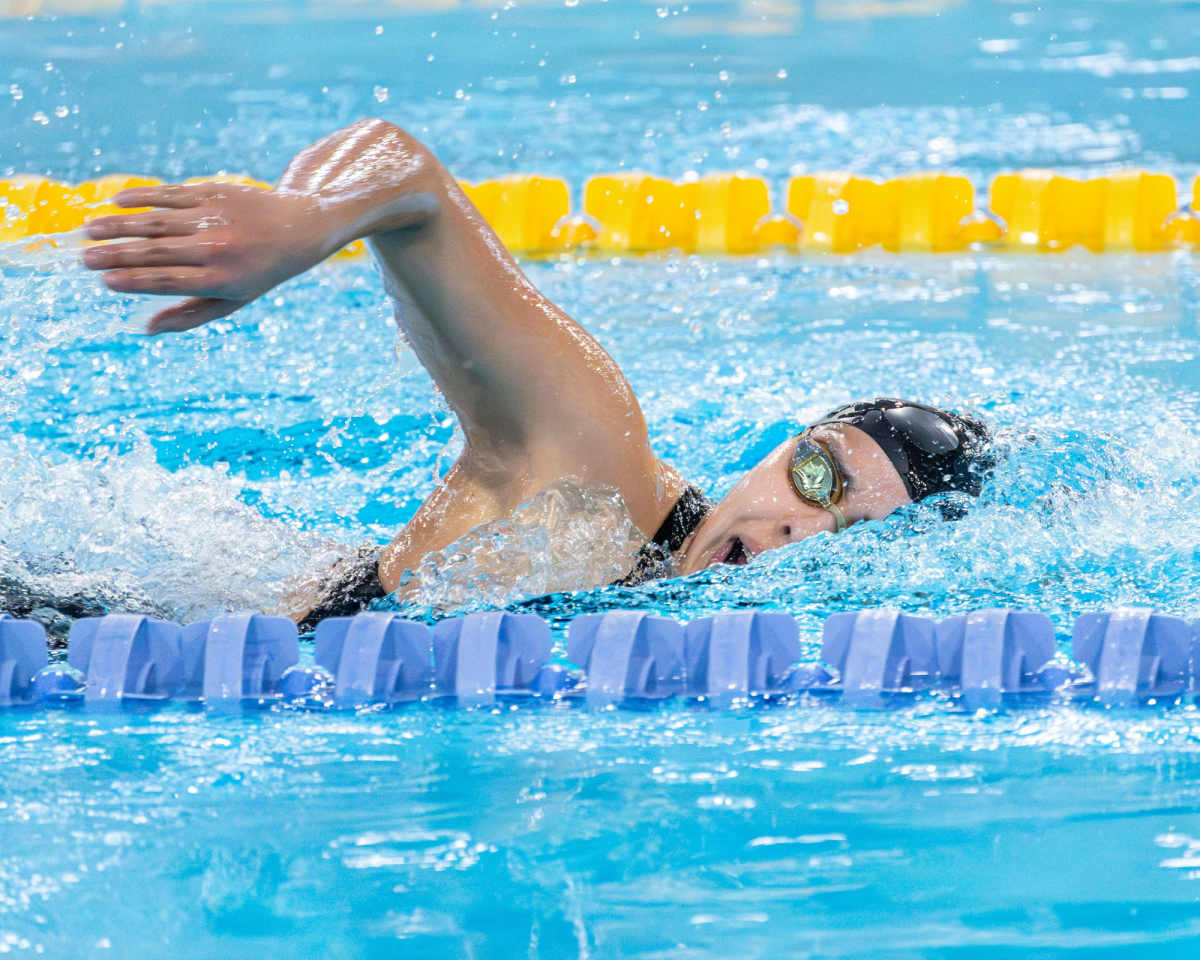
When cardio crosses the mind, people typically envision the universally dreaded Stairmaster, uphill cycling for miles, or pounding their distressed shins on hard pavement. According to Cooper Robinson, assistant manager and swim coach at the Lakeway Swim Center, lap swimming may be the most underestimated variant of cardio.
“I always tell people the biggest thing about swimming is the low impact,” Robinson shared. “When you’re doing land based sports like running or plyometrics, there’s a lot of pressure on the joints. In swimming, you don’t get any of that because you’re essentially in zero gravity.”
A Sport that Works Every Muscle
Robinson, a former swim team member at TCU, became the first Big 12 champion, made it to the NCAA’s, and qualified for the 2012 Olympic Trials, explained that strokes exercise various muscles throughout the body, making lap swimming a full body workout. “I like to joke that the legs are the motors,” he explained. “But you’re also getting an upper-body workout with every stroke. Freestyle and backstroke use hip rotation and lats, breaststroke uses the groin and hips, and butterfly engages the core and shoulders. It’s a little bit of everything.”
Heart and Lungs
Lap swimming is a crucial mechanism for cardiovascular health “It’s very cardiovascular just in the fact that you’re constantly working your heart rate,” Robinson commented. “You can train the aerobic side with distance, or the anaerobic side with sprints. It’s one of those sports where anyone can do it, whether you’re recovering from surgery, dealing with an injury, or just looking for a workout.” Breath regulation though, is what sets swimming apart for other forms of cardio like running or cycling. “On land, you’re constantly breathing in oxygen. In the water, you can’t. Your body has to adapt and figure out how to provide energy with less oxygen,” Robinson articulated. “At first it hurts. But the more you do it, the more your lungs adapt, and the greater your lung capacity becomes.”
The Healing Aspect of Water
Robinson has personally encountered the benefits of swimming rehabilitation. “I broke my leg and dislocated my knee one summer, and swimming was the only thing I could do,” he recalled. “Because it’s zero gravity, you don’t have to worry about straining an injury, but you can still rebuild strength and mobility.” His fathers recovery from a knee replacement followed a similar journey. “He would get in the pool and walk laps, do bicycle kicks, work the joint: all things he couldn’t have done on land,”
Under the Surface
Aside from physical health benefits, Robinson emphasizes the significant mental health benefits of the pool. “As someone who is very anxious, swimming has been a savior for me,” he admits. “When you get in the pool, you shut away the world. You process emotions, let everything go, and come out calmer. A lot of people call the gym their therapy, I think swimmers would say the same about the pool.”
A Lifetime Sport
One of the most compelling characteristics of lap swimming is its sustainability. “Swimming is a lifelong sport. You can do it all the way into your 90s or even 100s,” he shared. He mentioned one specific lap swimmer in particular: “We had a 98 year-old man here. On land, he needed a walker. But in the water, he was flying down the lanes. That’s the magic of swimming.”
A Different Beast
Regardless of the various perks of swimming, Robinson expressed that swimming remains immensely overlooked. “People will ask me, ‘Is it really a sport?’ Absolutely it is,” he said. “It pushes your body to the max. It changes you. Big shoulders, elongated torso, and, most importantly, the lung capacity and endurance you build. Swimming is a different beast.” He longs for more athletes to consider using swimming as a cross training tool. He stated, “Put a runner in the pool and they’ll be out of breath in minutes. Put a swimmer on the track and they’ll feel the same. It’s totally different training,” However, “If you’re open-minded and stick with it, the benefits are incredible. You just have to keep at it every day if you really want results.”
Finding Your Way Back in the Pool
According to Robison, some of the most influential stories stem from athletes who once believed their journey had approached a halt. “I’ve seen former powerlifters or competitive athletes go through an identity crisis when they couldn’t do their sport anymore. Then they get in the pool and realize they can still push themselves, still feel like an athlete, just in a different way. That’s what makes lap swimming so special.” A recommendation for those hard core athletes getting into swimming but would enjoy an extra challenge is using a weighted vest. This can benefit endurance and build strength.
Just Dive In
From lung expansion, to lifelong enjoyment, Robinson insists lap swimming offers incredible advantages that are unmatched compared to other forms of cardio. “Swimming changes you,” he shared. “It’s not just cardio, it’s physical, mental, and emotional all at once. If more people gave it a chance, they’d see how powerful it can be.”